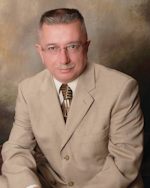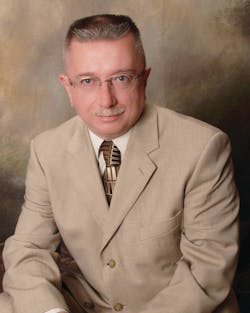According to the most recent statistics, the U.S. fire service responds to about 1.25 million fires per year. The largest percentage of fire-related injuries comes as a result of residential fires. It makes sense, therefore, that homeowners and renters receive the appropriate attention due in any public education campaign. While a great deal of emphasis is rightfully placed upon prevention, there is need for further focus on what to expect if these efforts fail. One of the most important sets of tools that can be delivered to residential audiences is training your citizens to properly report emergencies.
The right messages
Public education must combat the Hollywood depiction of what happens when a person dials 9-1-1. Fire calls are not automatically answered before the phone can ring, sending a fleet of shiny vehicles and vast quantities of superheroes to the alarm. There are a variety of factors that contribute to an appropriate and timely dispatch, and the citizen caller can impact several of them. To this end, the following messages should be included in any citizen program.
- All big fires started small. The smell of smoke alone is a valid reason. Don’t be afraid to call.
- Call when you can; text if you must. Texting is still not universally supported and complicates the processing of the call even where it is.
- If you’re in danger, get out before calling. Raise the alarm throughout the residence.
- Realize that unless you pay for a monitoring service, the activation of a smoke or carbon monoxide detector will not summon the fire department. You still have to call.
- Be ready to provide information. You will be asked questions. Your answers will help obtain the appropriate assistance in the shortest amount of time. The initial queries may differ from one Public Safety Answering Point (PSAP) to another but typically contain, location, type of emergency, phone number and caller’s name. A good location includes both street type (road, lane, avenue) as well as community name, and can include descriptors such as an intersection or a common landmark. You will likely be asked information about what’s on fire, if hazardous materials are involved, if other areas and structures are threatened, and the presence of any trapped or injured victims.
- Be prepared to answer the same question more than once and to follow directions given. Repetition is used to ensure that the correct data has been obtained and is commonly used, especially regarding the exact location of the emergency. Additional instructions may be provided based upon information given by callers, especially where the 9-1-1 center uses pre-arrival screening.
- Answering questions and following directions is not automatically delaying dispatch. In many situations, especially those involving medical care, another person is reacting to information being entered into the system by the call-taker. Don’t hang up until told to do so.
The role of technology
It is also important that the public understands how technology is involved in these moments. Explain to them that not all telephones work the same. Specifically, conventional telephones receive power directly from the telephone company and automatically forward call location data to 9-1-1. Voice over Internet Provider or Protocol (VoIP) devices generally rely on a Web-provider and available commercial power to function. They can route location data automatically, provided that they are stationary. Some services set up the 9-1-1 file at the time of installation. Others require the user to enter the correct data. Wireless devices are now responsible for the majority of emergency calls. They will operate during a blackout, if charged, and in most cases provide location information. The majority of PSAPs in the United States can process this data, but it essentially provides coordinates instead of a physical address. This year the FCC adopted new indoor wireless accuracy requirements to address drawbacks; however, additional questioning of callers will likely remain even after implementation.
Because cell phones are routed based upon the tower to which it connects, wireless and conventional calls from the same location can be delivered to two different 9-1-1 centers. Educators should understand why this occurs, and identify areas where this potential applies.
In sum
All agencies providing instruction in the same region should standardize their information. Without this coordinated approach, we are failing to train our citizens to properly report emergencies.
Pull Quote
Fire calls are not automatically answered before the phone can ring, sending a fleet of shiny vehicles and vast quantities of superheroes to the alarm.

Barry Furey
BARRY FUREY, who is a Firehouse Contributing Editor, provides consulting and training services in emergency communications. He is the former director of the Raleigh-Wake Emergency Communications Center in North Carolina. During his 50-year public safety career, he has managed 9-1-1 centers and served as a volunteer fire officer in three other states. In 2005, Furey received a life membership in the Association of Public-Safety Communications Officials (APCO) International for his continued work in emergency communications. Furey was inducted into the Firehouse Hall of Fame in 2017.






